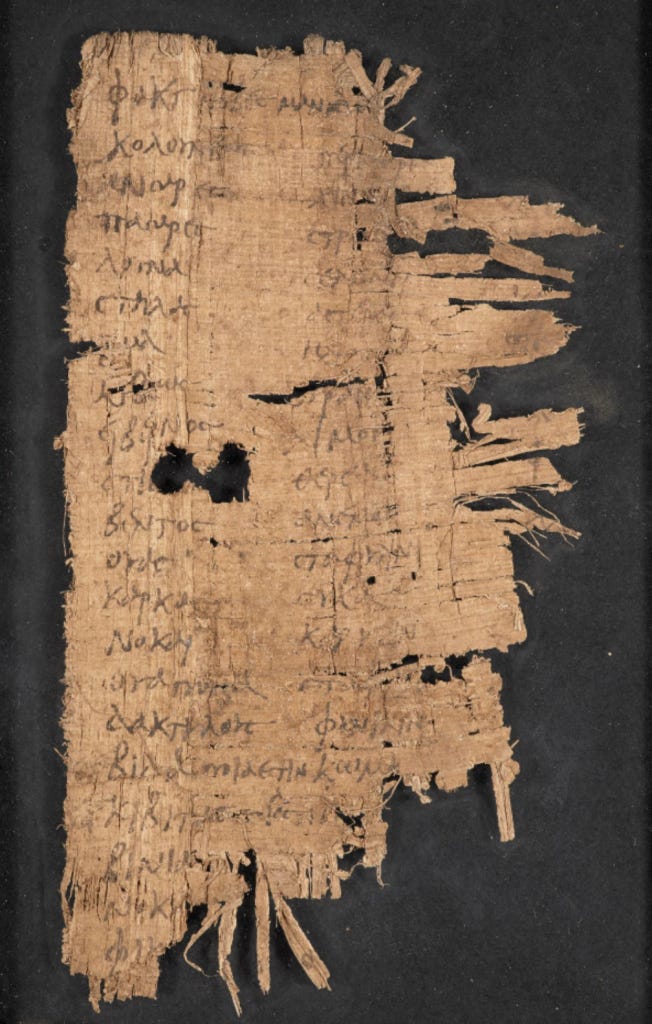Language barriers

Sometimes, the best way to overcome a barrier is to build a smaller one, plac…
Keep reading with a 7-day free trial
Subscribe to Biblonia to keep reading this post and get 7 days of free access to the full post archives.

Sometimes, the best way to overcome a barrier is to build a smaller one, plac…
Subscribe to Biblonia to keep reading this post and get 7 days of free access to the full post archives.